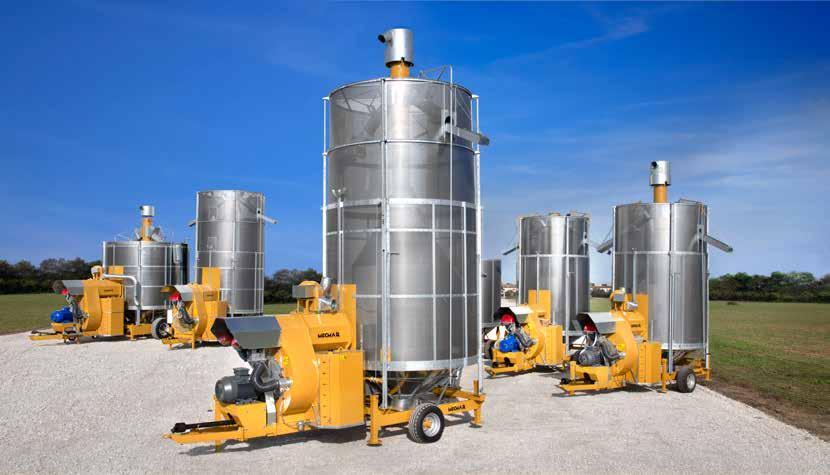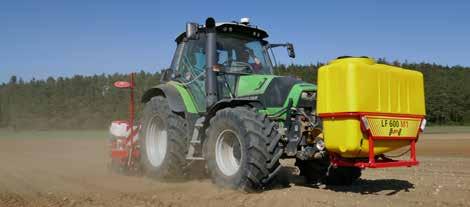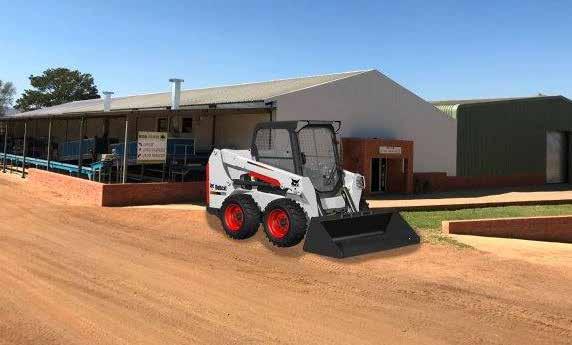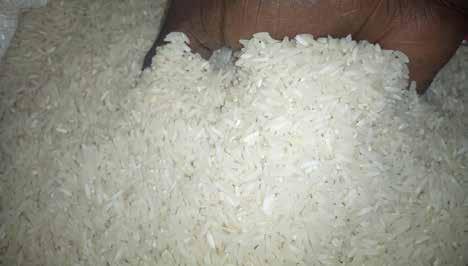FEATURE
How cows saved carrots [IMAGE:] Eduardo Sekita, CEO, Sekita Agronegócios (Courtesy Sekita Agronegócios)
“A challenge is an opportunity in disguise.” In the case of the Sekita family, who have been farming in Brazil for the last 80 years, it really was. Their willingness to meet challenges head-on and to try new things has made them one of Brazil’s most successful agribusinesses.
J
apanese emigration to Brazil began in 1908 with many immigrants working in the expanding coffee industry. By the onset of World War II, the corridor was quickly closing; 19-year-old Katsuji Sekita packed a few clothes and booked a one-way ticket to Brazil. His future wife, Etsuko, had arrived in Brazil thirteen years earlier. After marrying, they bought a small farm in the state of Paraná, and with their hard-earned knowledge of farming, threw themselves into their work and raising a family. A cooperative is born The Sekita’s sons eventually set out on their own, establishing farms in the fertile São Gotardo region; first Tamio, then Seiji and finally the youngest, Makoto, as well as the elder Sekita’s themselves, made the move. It was hard going with lots of challenges, politically and physically, as many areas still required opening-up for farming. However, in time, all three sons were successfully growing coffee, beans, corn and wheat – pooling their resources to hire employees, purchase inputs and negotiate prices for their crops.
20 | May - June 2020
With a handful of friends and family members, the Sekitas formed their cooperative in 1991, with Makoto serving as CEO for the first 25 years. Carrots and later garlic were brought under cultivation. Eduardo, a third-generation grandson was drawn to the work his uncles were doing, studying agronomy before joining the team in 1999; he has served as CEO since 2015. The dairy business is expertly managed by another third-generation family member, Leonardo Garcia, Makoto’s son-in-law. Just add milk In 2007, with fertilizer reaching upwards of 3,000 to 4,000 kilos per hectare, costs weighed heavily on the group. They identified three options, all of which involved generating manure to alleviate fertilizer costs: breed pigs, raise steers or implement a dairy farm. In discussions with GEA, they decided to add dairy cattle due to the quality and volume of the expected manure and the efficient space requirements of the cows, thanks in part to the GEA Freestall system they would purchase.
Although lacking experience, their own determination combined with GEA’s expertise and support, allowed them to get the dairy off the ground by 2008, “Twelve years ago, when we started the dairy business, GEA was the only company that fulfilled all of our aspirations. They gave us the most support regarding animal comfort, milking and issues related to manure,” says Eduardo Sekita. Reaping the rewards of good stewardship The dairy has been a clear win-win. It allowed the Sekita cooperative to optimize the land by adding another activity using existing acreage, without reducing vegetable production; optimize the use of their existing machinery; and lower their overall costs while generating a monthly revenue stream from milk sales, thus enabling better cash flow. They have also reduced the corn crop cycle by producing silage for feed and reduced nutrient exports by rotating other animal feed crops, which they’ve also learned to use more efficiently. Overall productivity is higher thanks to the application of manure.





















